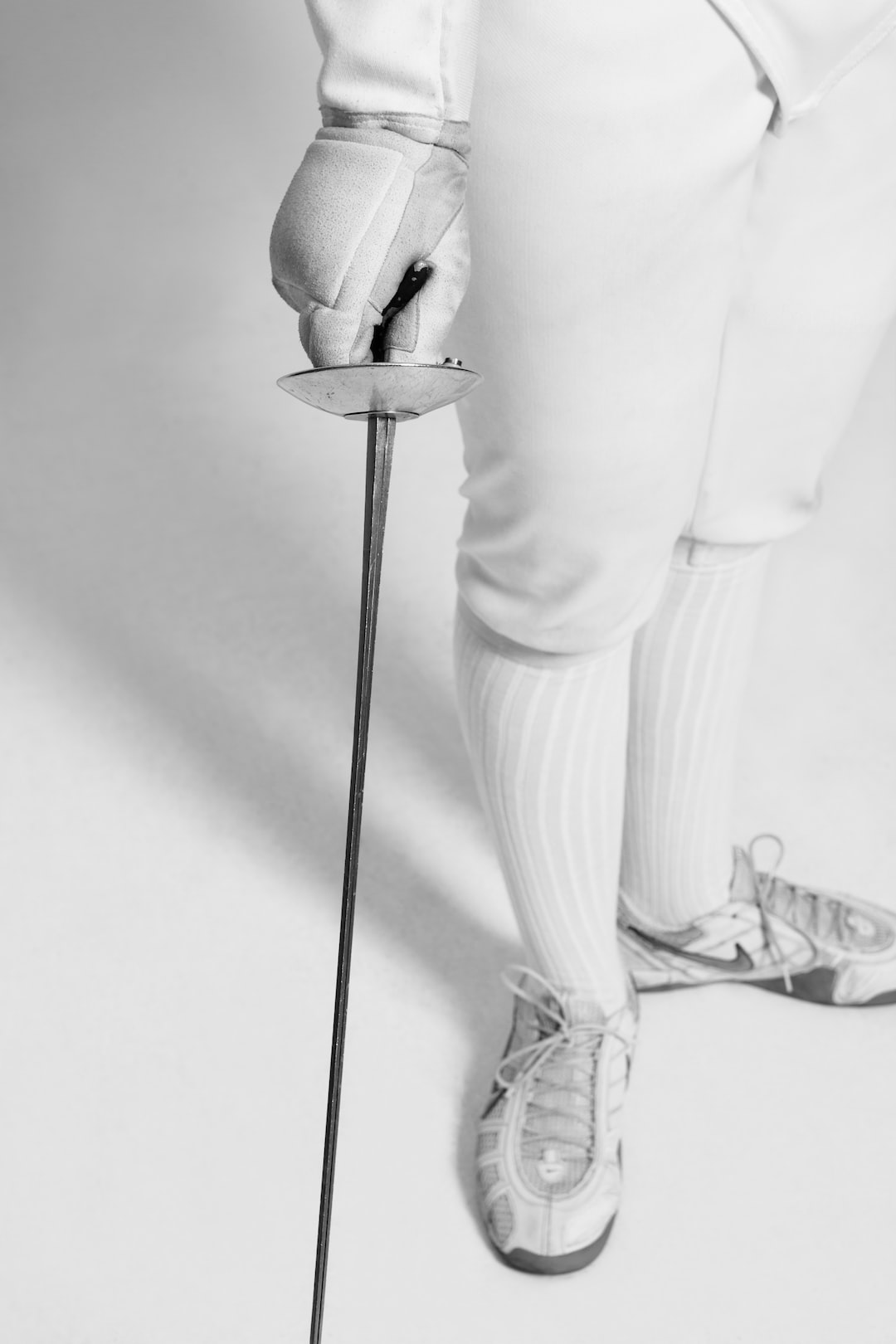The Thrills of Rock Climbing: Safety Tips and Essential Gear
For thrill-seekers and adventure enthusiasts, few activities match the sheer exhilaration and adrenaline rush of rock climbing. Whether you are a beginner or an experienced climber, scaling vertical cliffs or conquering mighty peaks can provide you with a sense of accomplishment and a deep connection with nature. However, it is crucial to prioritize safety and equip yourself with the necessary gear before embarking on any rock-climbing expedition. In this blog post, we will discuss some key safety tips and essential gear to make your rock climbing experience both enjoyable and secure.
Safety Tips:
1. Training and Education: Rock climbing is a physically demanding sport that requires proper training and education. It is advisable for beginners to enroll in a certified rock climbing course to learn the fundamentals and safety procedures. Even experienced climbers should regularly update their skills by attending workshops or consulting with seasoned climbers.
2. Use Appropriate Gear: The importance of using the right gear cannot be overstated. A climbing harness, helmet, and climbing shoes are essential items that provide protection and support during ascent and descent. It is crucial to invest in quality gear and ensure proper fit and maintenance to minimize the risk of accidents.
3. Knots and Anchors: Understanding various knots and anchor systems is vital for rock climbers. Familiarize yourself with knots such as figure-eight, clove hitch, and double fisherman’s bend. Practice tying them repetitively until you can effortlessly tie them blindfolded. Similarly, mastering anchor techniques and using sturdy, reliable anchor points is critical for your safety.
4. Communication and Signals: Effective communication is paramount to ensuring a safe climbing experience, particularly if you are climbing with a partner. Use clear verbal signals or create your own set of hand signals to communicate your intentions and relay important messages. Always establish a plan for checking in with your partner or team periodically.
5. Weather Conditions: Keeping track of current and forecasted weather conditions is essential, as climbing in inclement weather can be extremely dangerous. Lightning, heavy rain, strong winds, or extreme temperatures can jeopardize your safety. Be aware of the local weather patterns and never underestimate the power of nature.
6. Climbing Etiquette: Respecting other climbers and following established climbing ethics is fundamental to a positive climbing experience. Be mindful of other climbers’ routes and avoid interfering or interrupting their progress. Clean up after yourself and leave no trace to preserve the natural beauty of the climbing site.
Essential Gear:
1. Climbing Harness: A well-fitted climbing harness is your primary link to the climbing rope, providing support and preventing falls. Look for harnesses with adjustable leg loops, ample padding, and durable materials. Choose a harness that suits your climbing style, whether it’s trad climbing, sport climbing, or alpine climbing.
2. Helmet: Protecting your head is of utmost importance in rock climbing. A helmet can shield you from dangerous falling debris, accidental falls, or impacts against the rock wall. Lightweight and comfortable climbing helmets with adjustable straps are readily available in various designs.
3. Climbing Shoes: Specially designed climbing shoes provide the traction and grip necessary for climbing on rock surfaces. Look for shoes that fit snugly and have a sticky rubber sole for enhanced friction. Comfort is essential, as you may spend long periods on the wall with your feet bearing all your weight.
4. Climbing Rope: Choosing the right climbing rope is crucial for your safety. Dynamic ropes are designed to absorb the impact of a fall, while static ropes are used for rappelling and rope access work. Consider the length, diameter, and durability of the rope based on your climbing objectives and personal preferences.
5. Carabiners and Quickdraws: Carabiners are essential for connecting your climbing gear. Choose lightweight, durable carabiners with locking gates for added security. Quickdraws consist of two carabiners connected by a sling and are used to protect against potential falls. Invest in reliable and quality carabiners and quickdraws to ensure your safety.
6. Chalk Bag and Chalk: Climbing chalk helps absorb sweat and moisture from your hands, providing better grip on the rock surface. A chalk bag securely holds the chalk and can be attached to your harness. Choose a chalk bag with a secure closure and consider the size and design that suits your preference.
Rock climbing offers an unparalleled thrill and a connection with nature that few sports can match. By following these safety tips and investing in the necessary gear, you can enjoy a safe and unforgettable rock climbing experience. Remember, preparation, training, and caution are key to unlocking the thrills of rock climbing while minimizing risks. So, grab your gear, respect nature, and embark on your next adventure with confidence and safety in mind.
